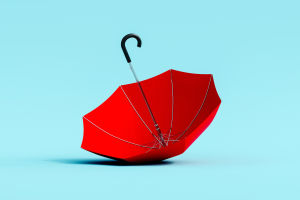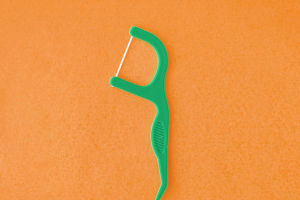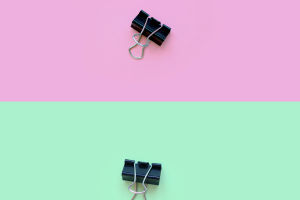Pencils are simple, timeless tools that many of us use daily, but how much thought do we really give to picking the right one? Whether it’s for drawing, writing, or doodling, pencils come in various types that can make a difference in how comfortable and efficient they are for your needs.
This guide will help Lykkers find the perfect pencil for any occasion and share some light-hearted facts about this everyday essential.
Understanding Pencil Types
Pencils are not just yellow sticks with a lead core; they have varying hardness levels, which significantly affect their use. The pencil’s core is made from a mixture of graphite and clay, and its hardness is indicated by numbers and letters.
HB Pencils: These are the most commonly used and are ideal for everyday writing. They offer a balance between hardness and softness.
H Pencils: These are harder pencils that produce lighter marks, making them suitable for technical drawings or precise lines.
B Pencils: With softer leads, B pencils create darker lines and are great for artists who enjoy shading or sketching. The higher the number before the "B," the softer the pencil (e.g., 6B is softer than 2B).
How to Choose the Right Pencil
Lykkers, selecting the perfect pencil depends on what you need it for. Here’s a quick guide to help:
For Writing: Stick with an HB pencil or an F-grade pencil. These are balanced in hardness, ensuring your writing is clear but not too smudgy.
For Drawing: If you're looking to sketch, go for B pencils. Start with a 2B for lighter sketches and use higher-numbered B pencils for dark shading. Artists will love the versatility of these pencils.
For Precision: For tasks that require detailed, crisp lines, like technical drawing or architectural sketches, H pencils are your best friend. They offer sharp, defined lines without smudging.
For Children: Young children often benefit from using softer pencils, like 2B, as they are easier to handle and provide smoother writing experiences.
Funny Facts about Pencils
How many words can a pencil write? One standard pencil can write about 45,000 words or draw a line nearly 35 miles long!
No actual lead! Pencils don’t contain lead despite being commonly called “lead pencils.” The core is actually made of graphite, a safe mineral.
Recycled pencils: Some pencils are made from recycled newspapers, denim, or even old currency!
Pricing: What to Expect
Pencils can vary in price depending on the brand and quality. Basic HB pencils can cost as little as $0.25 each, while artist-grade pencils can range between $1 to $5 per pencil, especially if they come in specialized sets. For Lykkers looking for budget-friendly options, store-bought packs usually offer great deals without compromising on quality.
Pencil Brands to Consider
When looking for high-quality pencils, here are some trusted brands:
Faber-Castell: Known for its smooth writing and durable erasers, Faber-Castell offers a wide range of pencils, from everyday use to artist tools.
Dixon Ticonderoga: A classic brand, Dixon Ticonderoga pencils are iconic for their yellow barrels and reliability in schools and workplaces.
Staedtler: A favorite among engineers and architects, Staedtler pencils offer a range of hardness levels, ensuring precision and quality in drawings.
Where to Buy Pencils
Pencils are widely available at art stores, office supply shops, and online retailers. Websites, Staples, and Blick offer a variety of pencil types and brands at competitive prices. For eco-conscious shoppers, companies like TreeSmart specialize in recycled pencils, allowing you to reduce waste while enjoying high-quality tools.
In Summary
Whether you're an artist, a student, or simply someone who loves writing, finding the right pencil can enhance your experience. Lykkers, remember that pencils may seem like a small part of your day, but choosing the right one can make your creative or academic pursuits more enjoyable. Explore the different options, and maybe even try some of the fun, eco-friendly choices out there!
Understanding PENCIL GRADES - What you NEED to know
Video by Dan Beardshaw


